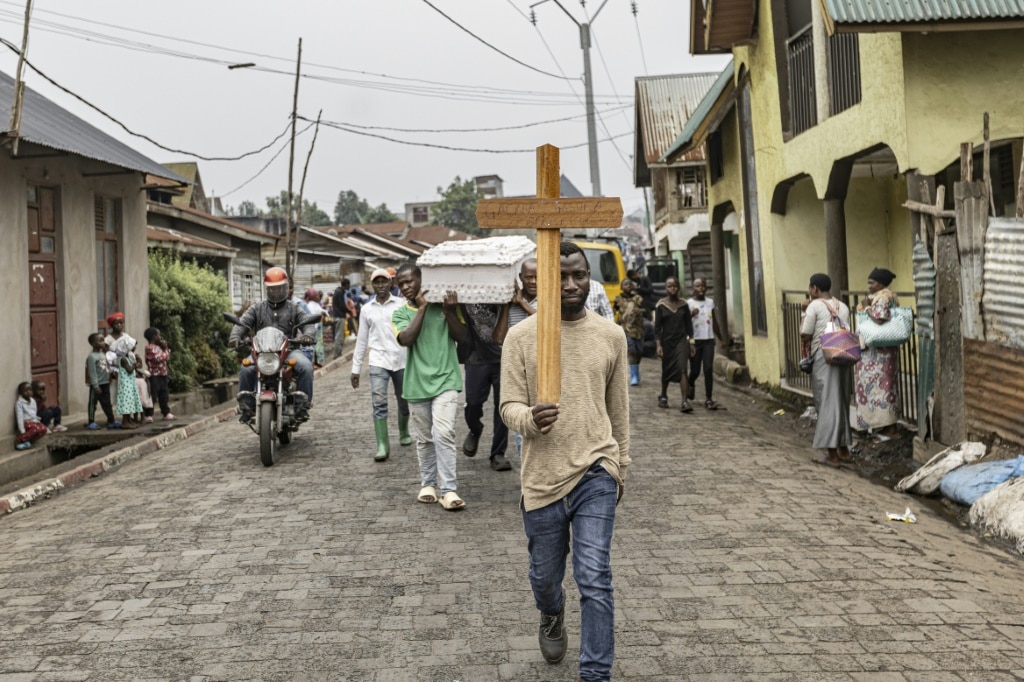Inquiry into Taipan helicopter crash hears from army MHR-90 experts
Army experts have defended ‘risky’ equipment at an inquiry into the fatal Taipan helicopter crash off Lindeman Island during a night-time exercise.
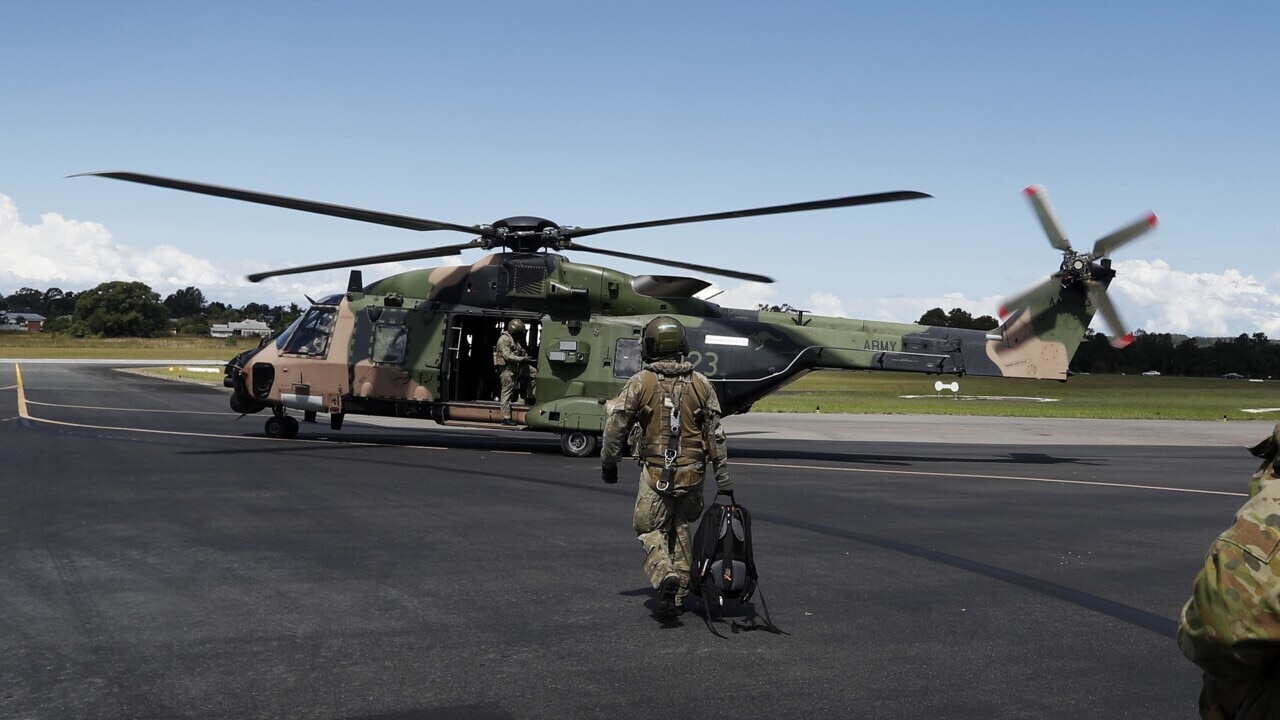
An army major who knew airmen killed in a military training exercise last year has broken down during a public inquiry, as he hit back at “sensationalist” claims about what may have led to the fatal crash.
Captain Danniel Lyon, Lieutenant Maxwell Nugent, Warrant Officer Class Two Joseph Laycock, and Corporal Alexander Naggs were killed when their MRH90 Taipan helicopter ditched into the ocean south of Hamilton Island during a nocturnal training mission on July 28.
The aircraft, with the call sign Bushman 83, had been flying in formation with three other helicopters around 10pm to Lindeman Island in Queensland, as part of Exercise Talisman Sabre, before it crashed and splintered on impact.
The aircraft was seen climbing suddenly before pitching nose-down towards the water.
The entire Taipan fleet has since been retired early, and the Inspector General of the ADF launched an independent investigation, headed up by former judge Margaret McMurdo.
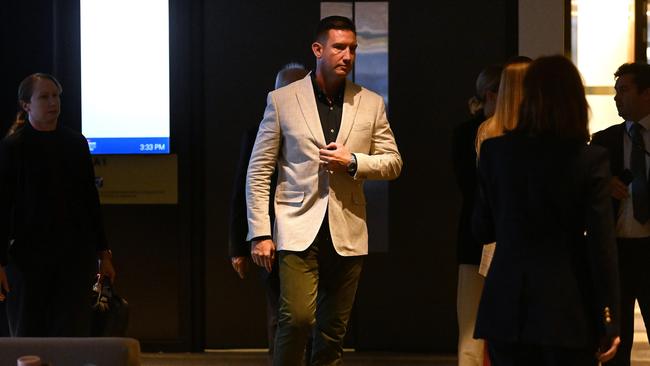
The second part of the inquiry began on Monday, a week after a 60 Minutes investigation aired which raised questions about what role the night vision devices the airmen were using, known as TopOwls, may have played in the fatal crash.
The TopOwl comprises a helmet-mounted sight display that provides information about the aircraft, altitude, pitch and roll (attitude), ground and vertical speed, and whether the aircraft is climbing or descending.
According to the program, an experienced test pilot within the army claimed the latest software upgrade carried significant risks, with an experienced test pilot finding that if an aircraft was in a turn, the displayed angle of bank washed out if he looked left or right might be misrepresented.

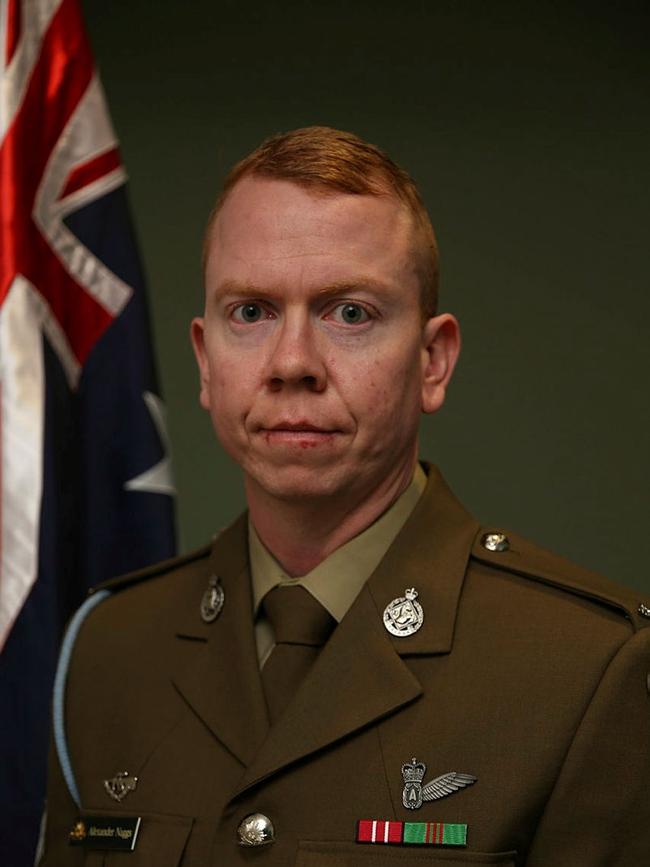
On Monday, Captain Andrew Balaam, an MRH90 pilot posted at the School of Army Aviation, told the inquiry a test of the latest software upgrade for the TopOwl helmet had found an “unacceptable” risk.
But he said he was happy to use the helmet because the report that deemed the upgrade “unacceptable” had appeared to be a “bit of an outlier” because it had passed other tests.
“I was gonna have to fly that thing for real at night over water in a degraded visual environment, I was happy to do that,” he said.
“As indeed were the other 11 pilots … we were not turkeys voting for Christmas, we were going to have to use it.
“So I was happy to use it.”
He defended the update and said the pros “absolutely” outweighed the cons”.


Later, Major Michael Perkins, a qualified MRH90 flying instructor who knew and flew with Captain Lyon, said during his career, he hadn’t experienced “any error in the use of the TopOwl system while flying in the MRH90 when turning your head to look out the aircraft”.
“I think it’s unlikely that somebody would look out the side and be disoriented by the attitude information that was displayed,” he said.
He had earlier become visibly emotional when asked about his relationship with at least one of the four airmen, prompting the inquiry to briefly suspend.
He had otherwise provided extensive detail on the operation of the MRH90 Taipan.
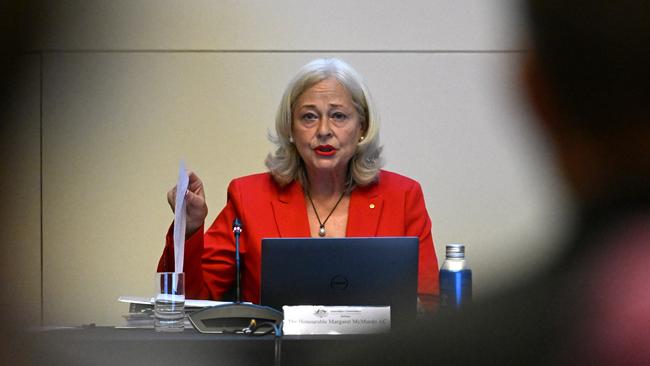
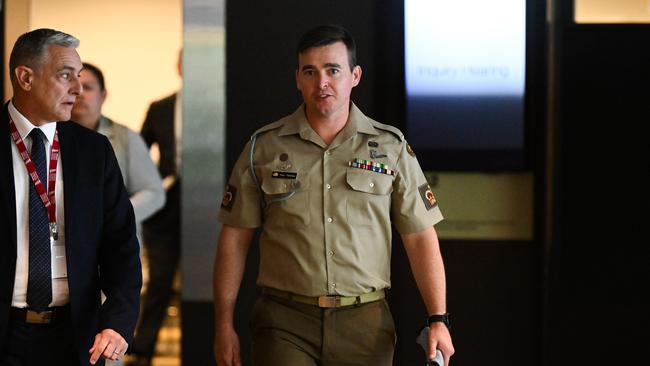
The inquiry also heard on Monday it was “standard” for the Taipain’s doors to be open on night-time flights over water; and was provided an insight into the extensive training required for aircrewman before they flew in the MRH90s.
Warrant Officer Class Two Karl Thomas said with night vision goggles on, opening the door allowed crews to see “a lot more” but it was ultimately a decision of the aircraft captain whether to open or close the doors.
During his opening remarks to the inquiry in February, counsel assisting Jens Streit said the four helicopters had changed their flight plan amid bad weather conditions on the night of the accident.
The inquiry heard Bushman 84 had radioed to the doomed Bushman 83 to “pull up, pull up, pull up” before it hit the water at high speed.
Hundreds of ADF and emergency service personnel spent three months searching the waters around the Whitsunday Coast for the helicopter.
Originally published as Inquiry into Taipan helicopter crash hears from army MHR-90 experts




